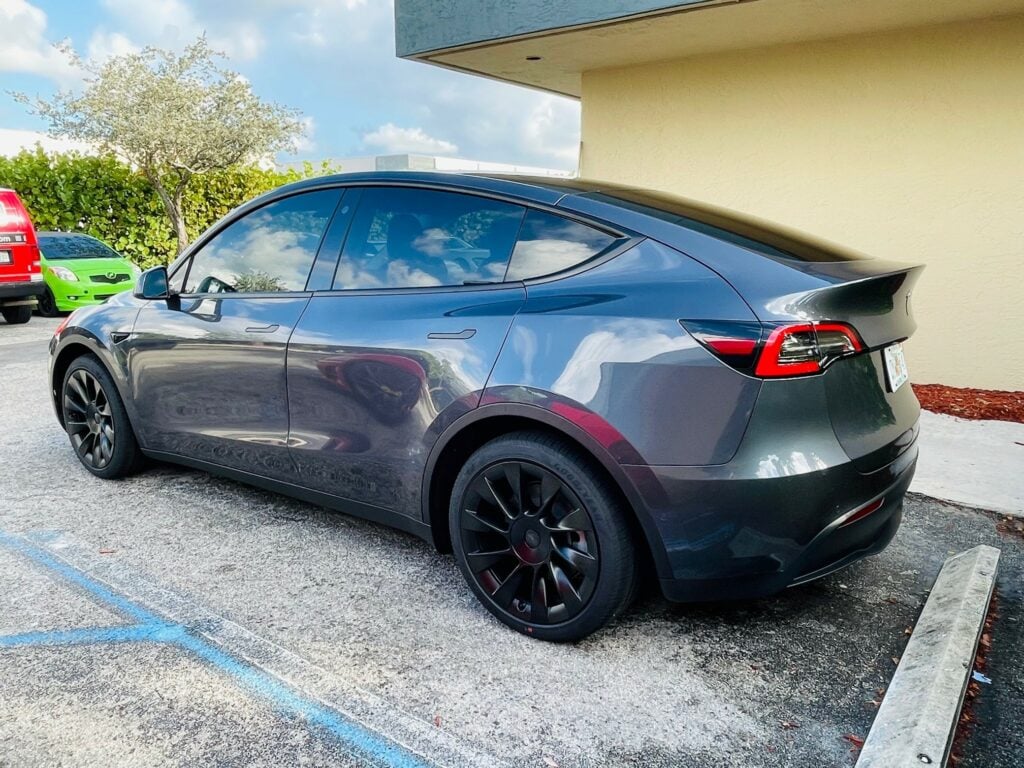If you're here, maybe you've already gotten familiar with the other conversations about this topic.
I'll spare you those and what they covered and assume you're mostly up to speed and hopefully you'll give me the same credit as well.
My idea is to have tint installed OUTSIDE of the glass window. The kicker is here: to additionally install window protecting film on top of that to protect the tint.
It's basically glass specific PPF.
Anyway, I think it's a really clever idea. Reduce or reject heat before it passes through the glass. Ideally, the IR and a little visible light is reflected but after learning more by talking to people that really understand this technology, I now understand that Ceramic tint absorbs the heat, it doesn't reflect it.
I might need to verify this more thoroughly but that seems to be what the experts all say. Some just say it "blocks" or "rejects" and never get more specific but those words mean little here.
Does anyone here know more about this? I'm quite determined to figure a way to reflect the heat before it gets to the glass because this would allow the glass roof to be fully enjoyed without it being too hot.
I can live with it the way it is but I'm always looking to optimize things.
Please don't mention about how the glass roof might crack or is already treated to be heat resistant. I have explored these topics very thoroughly and they won't bring any new ideas to this thread and a lot of those ideas have been completely debunked. Obviously no reason to suggest the shades option since that again defeats the purpose of this entirely.
The goal is to find a way that the heat can be reflected before it gets to the glass thus providing a more significant heat reducing effect. It might help to have ceramic tint outside the glass but it's hard to say how much so when the glass will heat up from the tint layer heating up but at least it starts on the outside and not the inside.
Until now, the glass just has to cool down from driving and A/C.
I'll spare you those and what they covered and assume you're mostly up to speed and hopefully you'll give me the same credit as well.
My idea is to have tint installed OUTSIDE of the glass window. The kicker is here: to additionally install window protecting film on top of that to protect the tint.
It's basically glass specific PPF.
Anyway, I think it's a really clever idea. Reduce or reject heat before it passes through the glass. Ideally, the IR and a little visible light is reflected but after learning more by talking to people that really understand this technology, I now understand that Ceramic tint absorbs the heat, it doesn't reflect it.
I might need to verify this more thoroughly but that seems to be what the experts all say. Some just say it "blocks" or "rejects" and never get more specific but those words mean little here.
Does anyone here know more about this? I'm quite determined to figure a way to reflect the heat before it gets to the glass because this would allow the glass roof to be fully enjoyed without it being too hot.
I can live with it the way it is but I'm always looking to optimize things.
Please don't mention about how the glass roof might crack or is already treated to be heat resistant. I have explored these topics very thoroughly and they won't bring any new ideas to this thread and a lot of those ideas have been completely debunked. Obviously no reason to suggest the shades option since that again defeats the purpose of this entirely.
The goal is to find a way that the heat can be reflected before it gets to the glass thus providing a more significant heat reducing effect. It might help to have ceramic tint outside the glass but it's hard to say how much so when the glass will heat up from the tint layer heating up but at least it starts on the outside and not the inside.
Until now, the glass just has to cool down from driving and A/C.





